A Framework for Corporate Tax Reform October 10, 2017
The US corporate income tax rate is the highest among the industrialized nations and the fourth highest in the world. As economies become global, international competitiveness becomes more important.
Most agree that corporate tax reform is needed to put US corporations on a more equal footing with foreign businesses. Although short on details, leadership from the House, Senate and administration have proposed a Tax Reform Framework to the House Ways and Means
Committee, charged with writing the tax reform legislation. The proposals include:
1. Lower the top corporate tax rate from current 35% to 20%. This reduction is estimated to cost $1.5 trillion in the next decade.
2. Lower the top passthrough tax rate from current 39.6% to 25%. The congressional tax writers are left with finding a solution to the “gaming” of the system to stop the reclassification of wages to passthrough profits. The incentive to reclassification is that wages would be taxed at 35% but passthrough profits at 25%.
3. Repeal corporate alternative minimum tax.
4. Reduce double taxation of corporate earnings.
5. Repeal the world wide tax regime and move to a territorial system for multinational corporations. Corporate income would be taxed in the country earned. The congressional tax writers are left with finding a solution to the “gaming” of the system to stop US earnings from being artificially moved to a lower-tax-rate-country.
Note. If the territorial tax regime is adopted, the foreign tax credit would be
eliminated. What happens to foreign tax credit carryovers?
6. Allow the repatriation at a low tax rate of monies held offshore — tax rate to be determined. The largest 50 US companies have an estimated $1.6 trillion stashed overseas.
7. Call for a partial limitation of the interest deduction for a C corporation. Although there are no further details, the limitation is probably aimed at a domestic corporation deducting interest paid to its foreign subsidiary in a lower-tax rate country.
8. Allow expensing of depreciable assets, other than structures, for at least the next five years.
9. Repeal section 199 and most other business credits, except the research credit and the low-income housing credit.
What, When, and How? The path to tax reform is arduous. We don’t know what the final changes will be. We don’t know when the changes will be effective. And, we don’t know how the changes will be implemented. In other words, we are looking at the first steps toward corporate tax reform.

